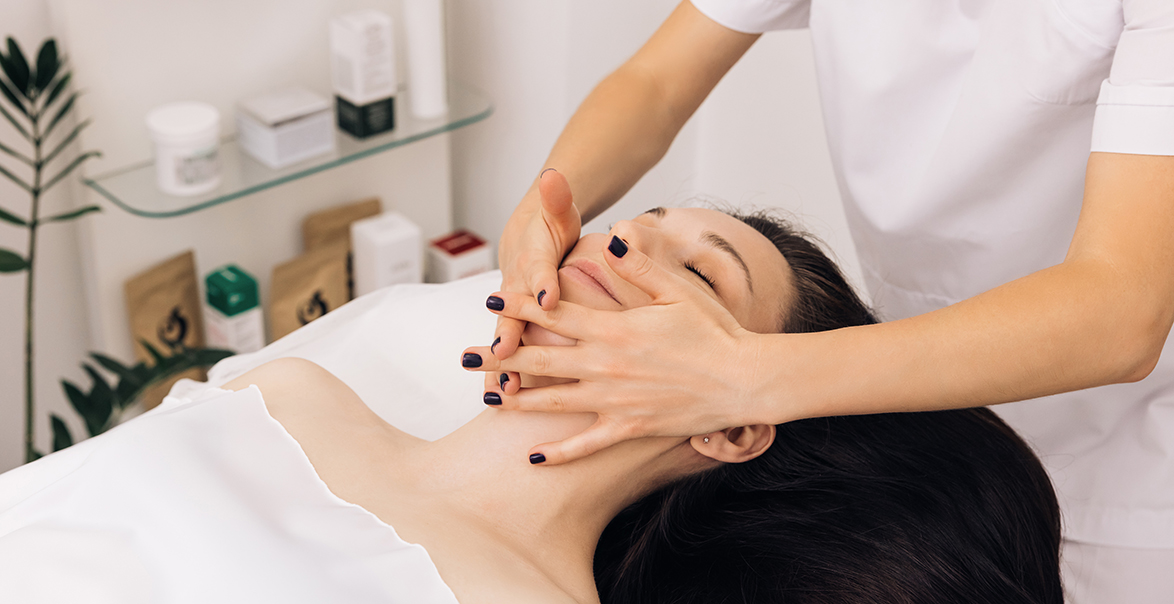
How To Become A Medical Esthetician
Taking care of your skin necessitates specialized knowledge and training. Many clients turn to an esthetician’s experience for advice on how to preserve their healthy skin. These professionals work in…

Taking care of your skin necessitates specialized knowledge and training. Many clients turn to an esthetician’s experience for advice on how to preserve their healthy skin. These professionals work in…

If you're considering a career in cosmetics, you may be contemplating esthetician school or cosmetology school. But, in which case do we compare them? What does each teach you? Overall,…
Esthetician training is necessary for individuals who want to assist others look and feel better. Looking good to one person may be different from looking good to another. We each…

Do you want to know how to give botox? Interested in how you get a botox certification? NIMA has the complete cosmetic injections course as well as the advanced cosmetic…
Wax technicians operate directly with customers to fulfill their hair removal requirements. A number of experts in this industry utilize a range of treatments and methods to provide their clients…
Look into the requirements for how to become a medical aesthetician. Find out what jobs are available, how much education is required, and whether or not you need a license…
What is CoolSculpting? CoolSculpting for the arms is a non-invasive fat reduction treatment that uses no anesthesia, needles, or incisions. It works by lowering the temperature of subcutaneous fat to…

There are multiple factors to take into consideration when looking for an aesthetician school. The most significant factor to take into consideration before enrolling in an aesthetician program near me…
You may want to become a master esthetician if you like practicing skincare methods or helping people solve their issues. Clients of Master estheticians may benefit from enhanced self-esteem, better…
If you're unclear on the distinctions between estheticians and medical estheticians, don't worry; you're not alone.Estheticians—sometimes known as aestheticians—handle basic skin care procedures such as washing, massage, toning, and hair…